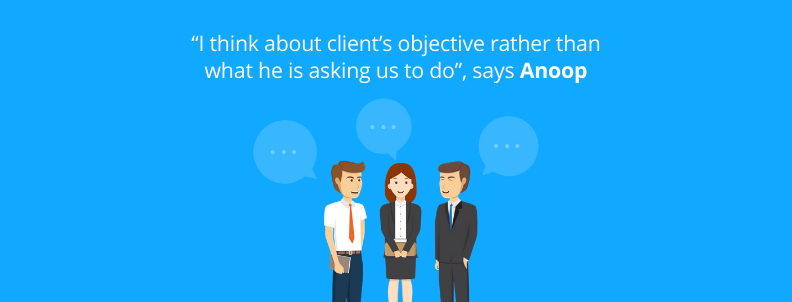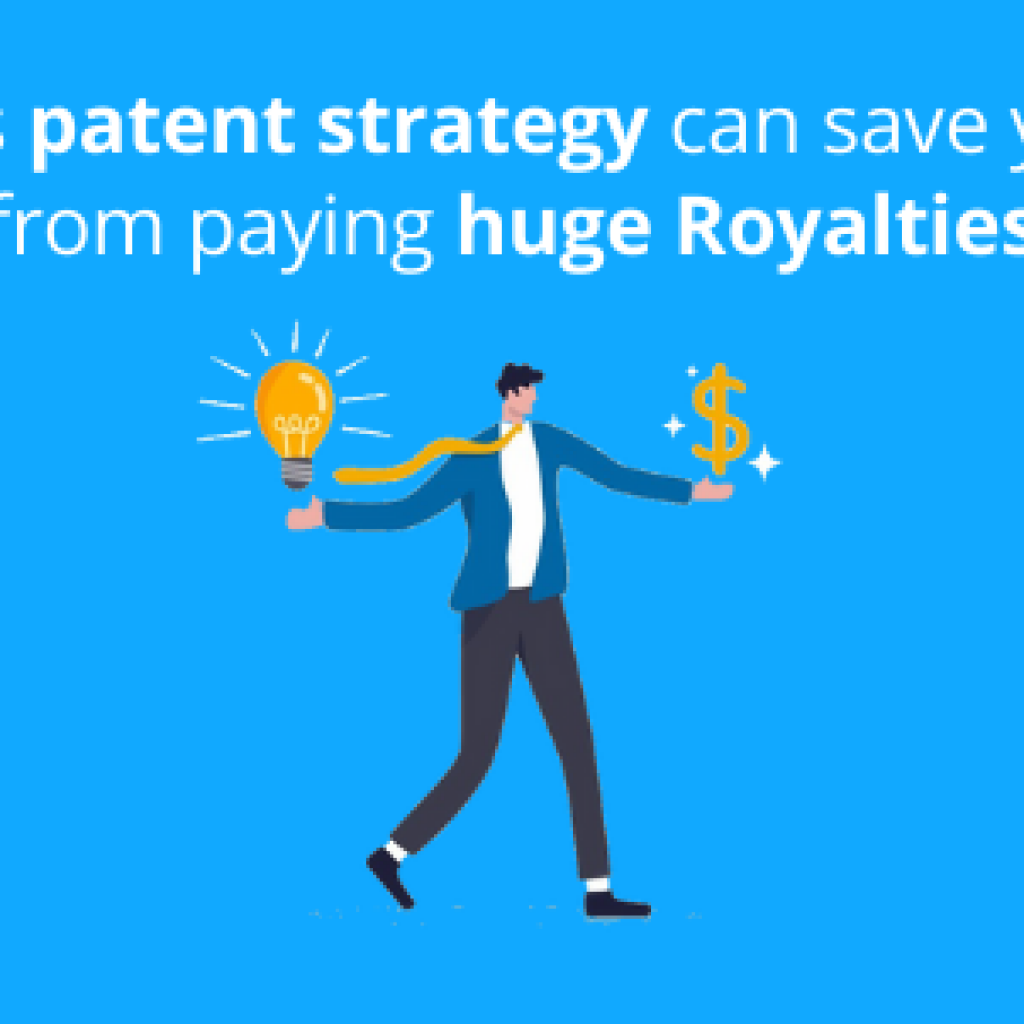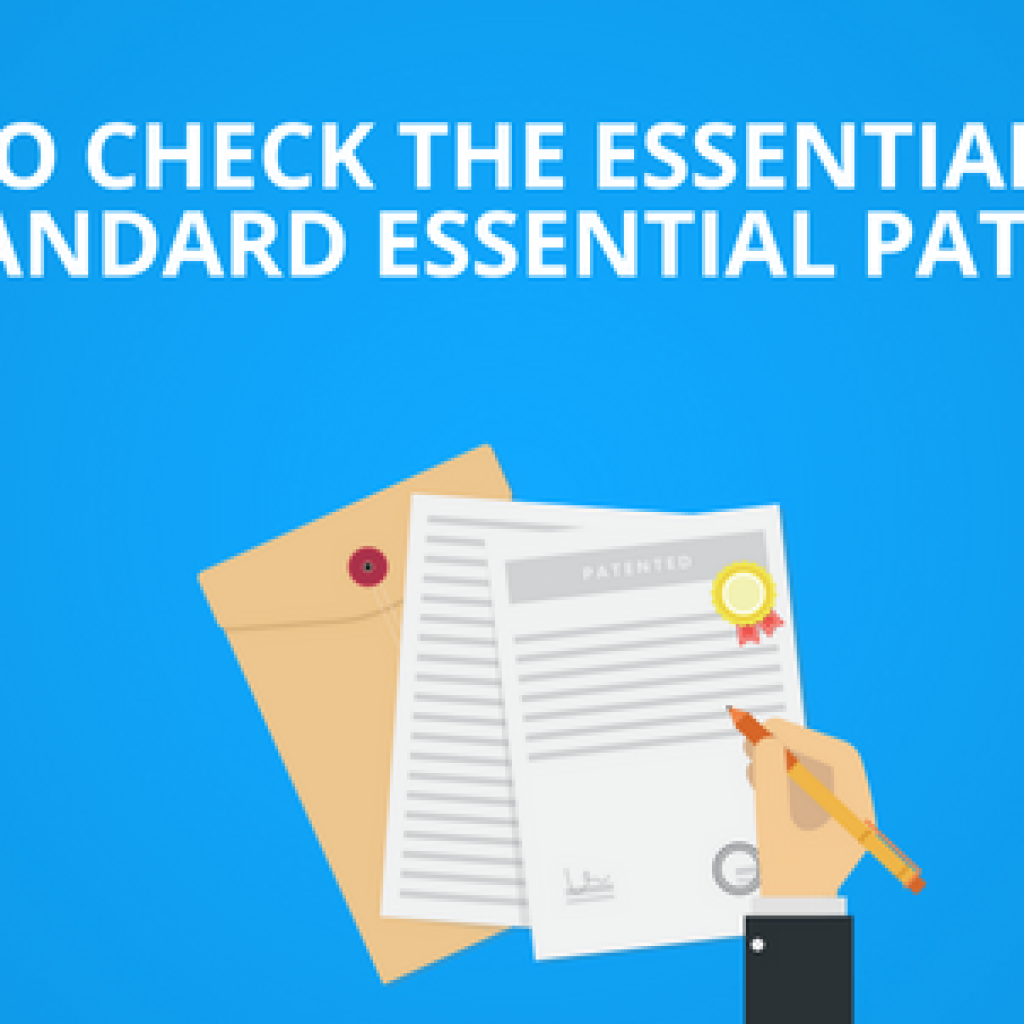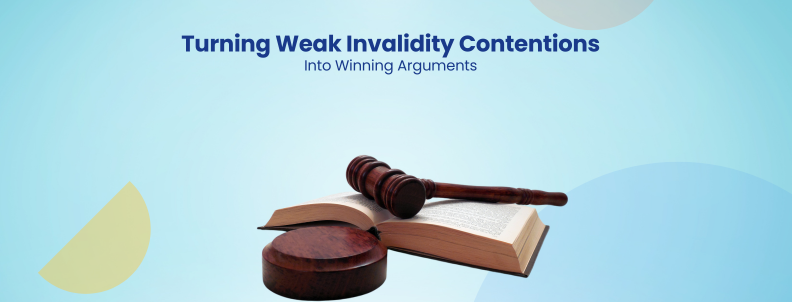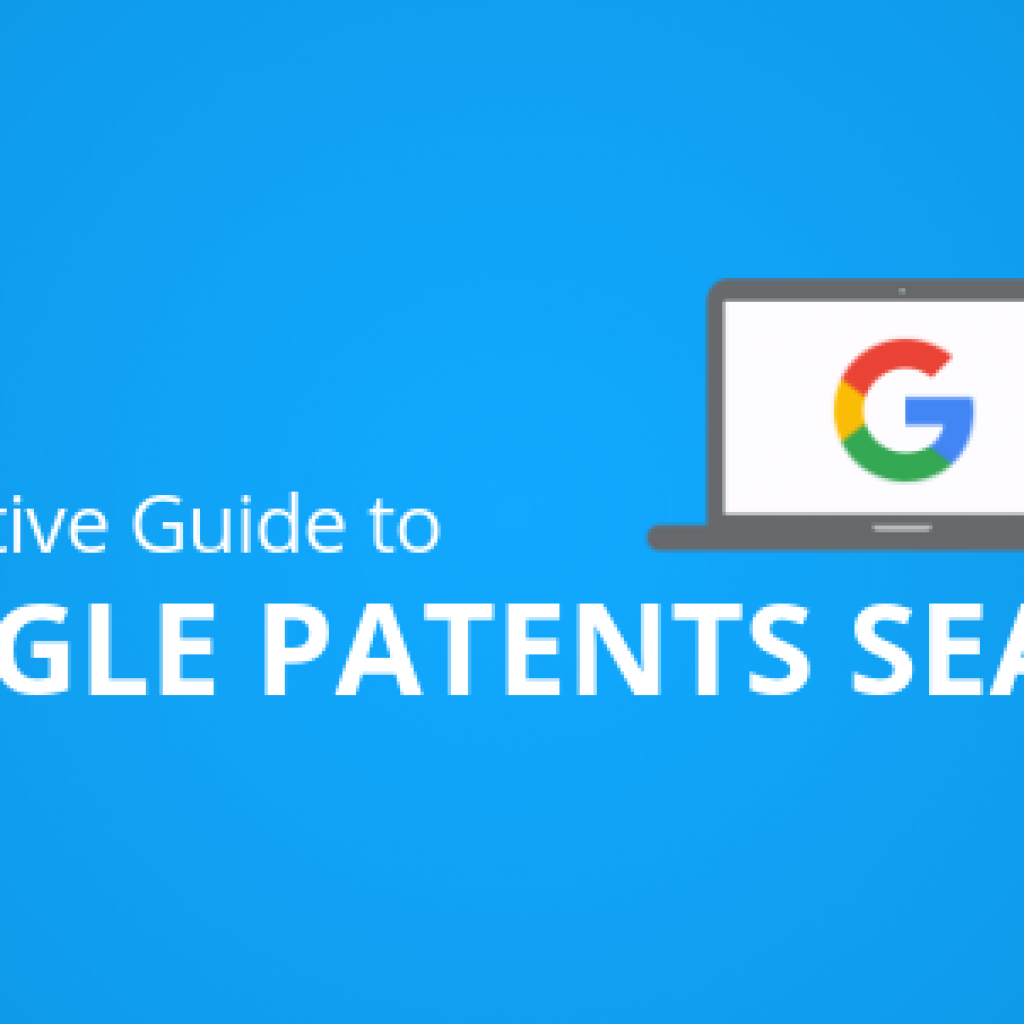While preparing a methodology for the projects, especially for a claim amendment study, deciding what to include and what not can take an extra bit of thinking.
The client might have made his requirements clear, but during the search, you might find a bit of extra information that could help the client. But including this info could come at the cost of the client thinking that you didn’t quite understand their requirement and judge accordingly on whether the proposal can be accepted or not.
There’s a lot at stake and this situation arises more often than expected. What to do in such a case?
This is the approach I use, which always results in a positive outcome. Let me narrate it with the help of a real-life case study.
The client wanted to amend his patent’s claims to overlap a top smartphone manufacturer’s products.
Once I was working on a proposal related to the claim amendment. The client wanted to increase the potential of the patent by enhancing the claim so that they overlap on a popular product in the market. The patent was related to a mobile cover and the target product was a cover sold by a top phone manufacturer (Let’s call it L7). These new claims will be filed as a continuation/CIP to the parent patent.
It was a very simple and straight forward request. The patent involved and the target product were given.
While working on the request, I thought there could be other similar covers from other manufacturers that could be covered. With that thought, I did a quick search and found a few more examples.
However, when it came to putting all this information in the proposal, I was quite in a dilemma for the following reasons –
- The client requirement is apparent that he wants to target L7 covers. Therefore, should I share other covers?
- The client may think that we didn’t get his requirements.
- He may think that we understand the requirement, but still overselling him.
I was a bit apprehensive. But after some thinking, I concluded that if I thought about it and its useful to the client, why shouldn’t I share it with him? Not sharing is a lose-lose situation for everyone.
However, I was afraid will the client consider this as a pitch to oversell something. To take care of overselling, I included those examples simply as observations and told the client that if he finds it useful, we could explore these too. It all worked out in the end. These examples clicked with him. In his response, he enquired more about these examples and shared his interest in including these examples/products in the study.
I feel when you have the best intentions in mind for the client, and the right approach to present your views, it always works out in the end. In other words, the partner approach to satisfying requirements always works.
Authored by: Anoop Singh Chauhan, Manager, Operations.

